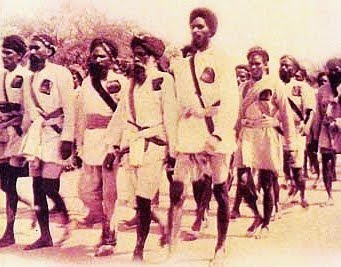Air Pollution in Delhi - What Can Be Done?
Air Pollution Affects Everyone, and Needs Multi-Dimensional Solutions (image: Indian Express) There is enough discussion already on the politics of tackling the air pollution crisis that has engulfed Delhi-NCR right now. I am not going to dwell on that. What I will instead do is to explain the causes of air pollution in Delhi, and how a graded strategy plan much in line with the GRAP of the Supreme Court appointed EPCA is necessary to understand just what it will take to solve the problem. People may think that it is a problem only for Delhi. However, other cities should also take a leaf and tackle the problem, as in their case numbers are not necessarily under attention. CAUSES Air pollution in Delhi-NCR has always targeted two main culprits - transportation and industry. The role of industrial emissions and transportation has been discussed due to its evident nature for decades now, with the first public interest litigation being filed in this matter way back in the 1980s by th
